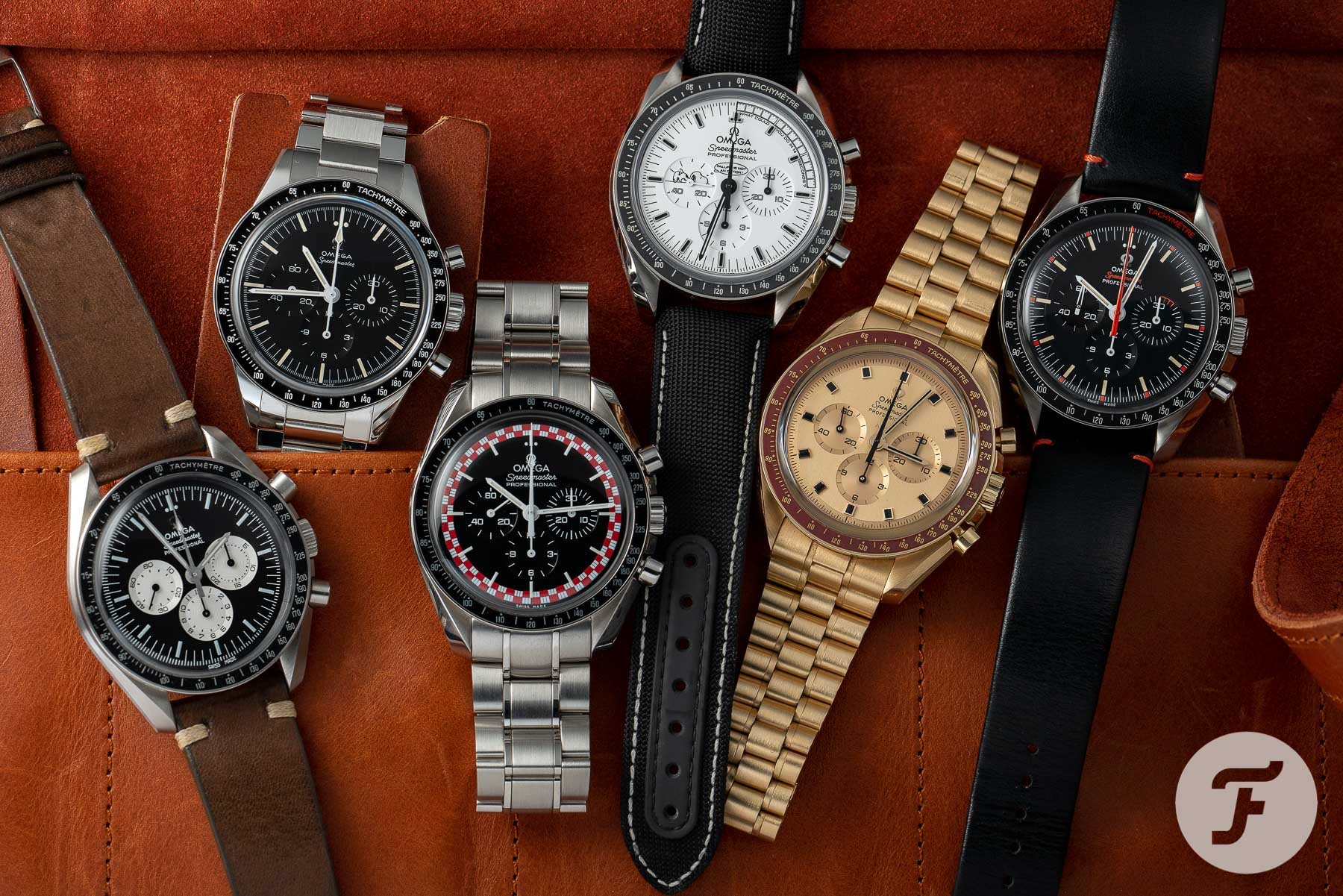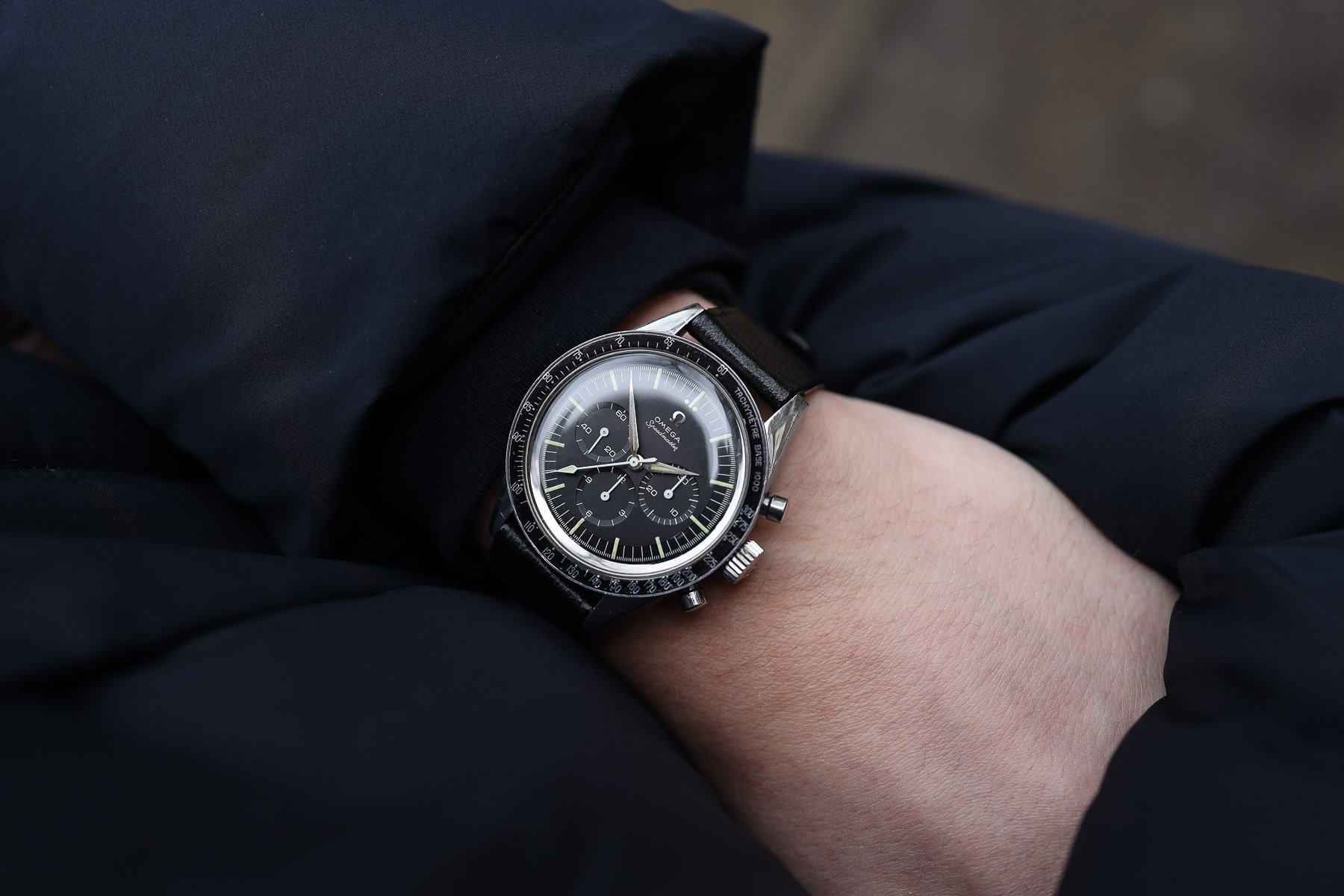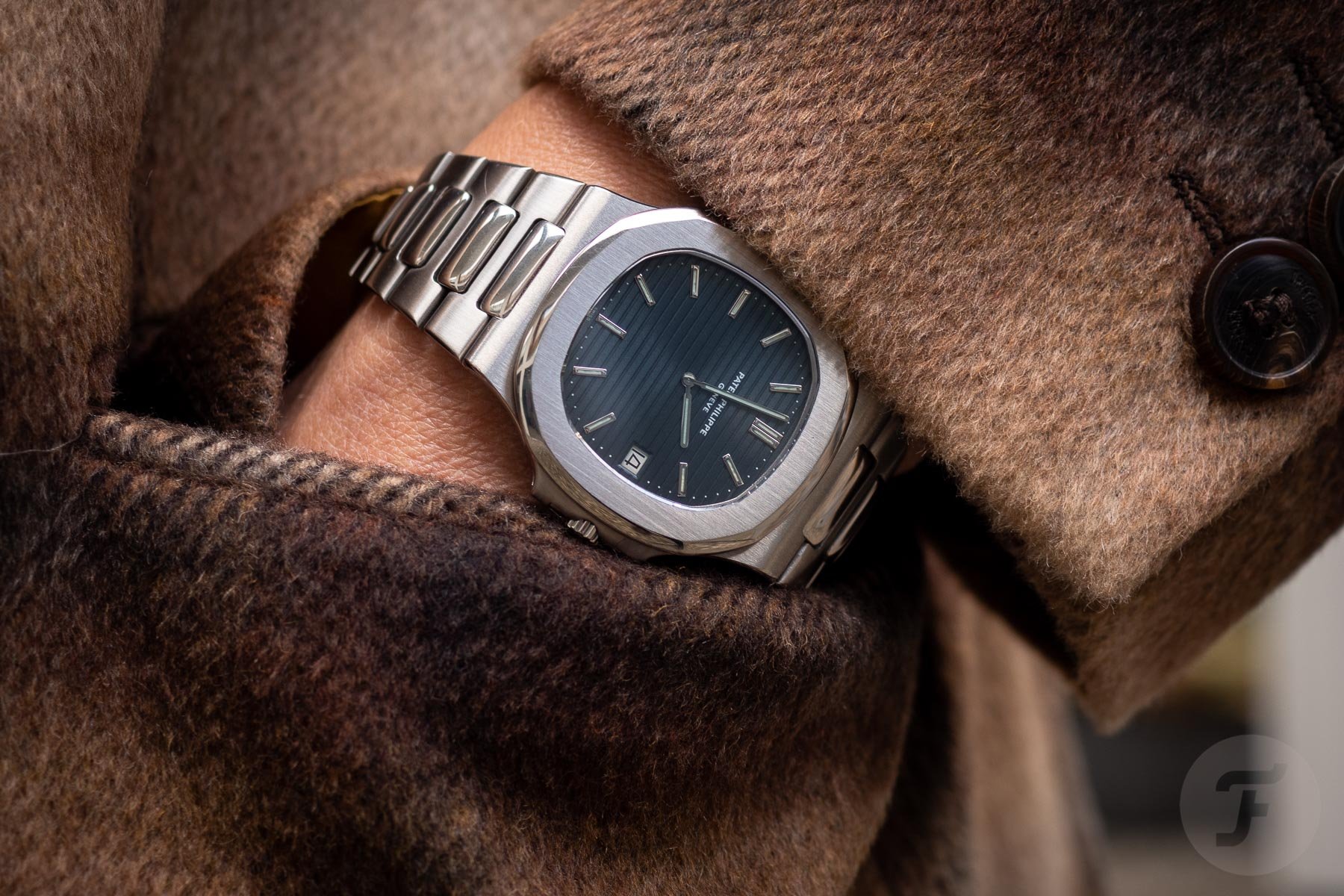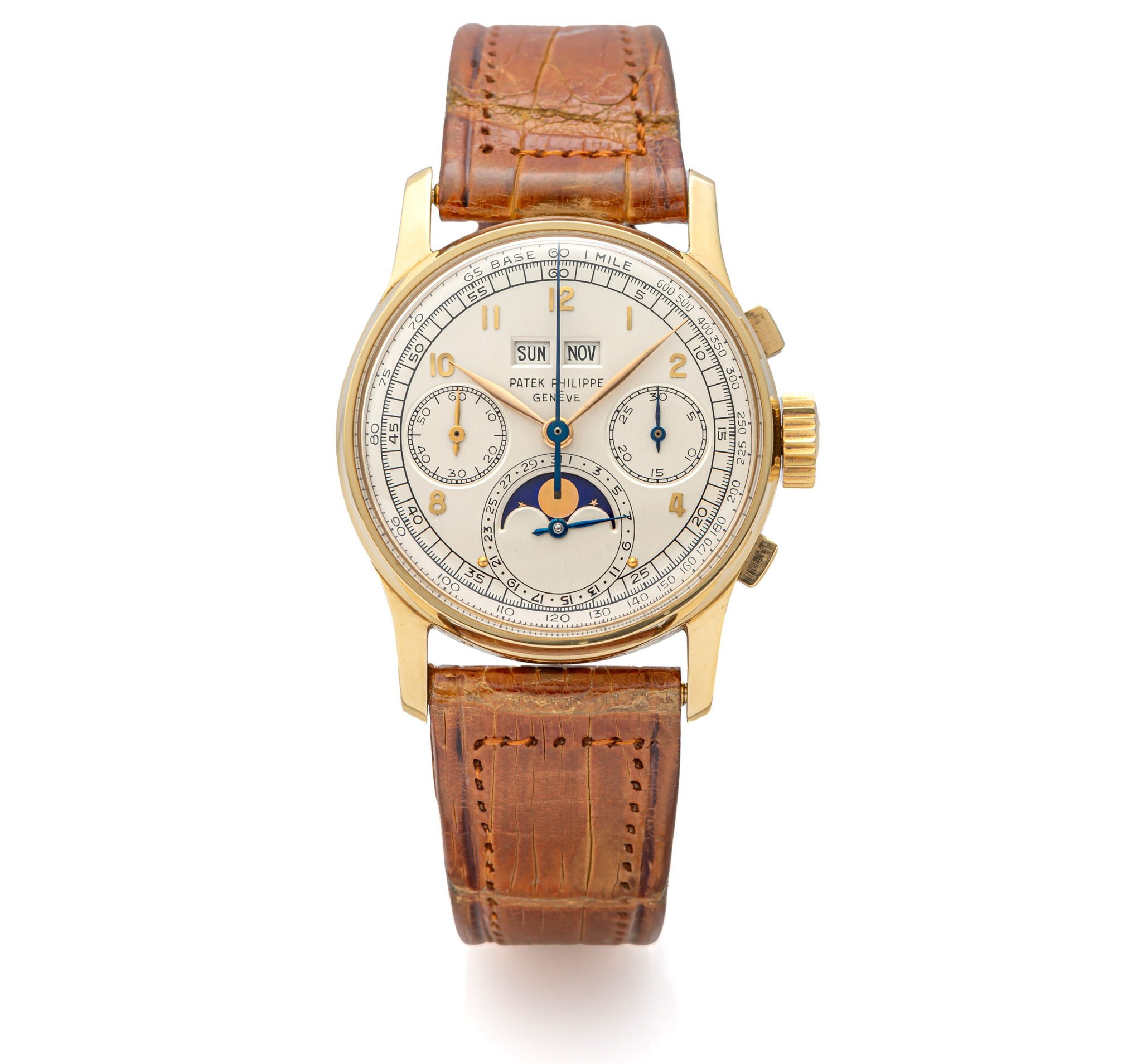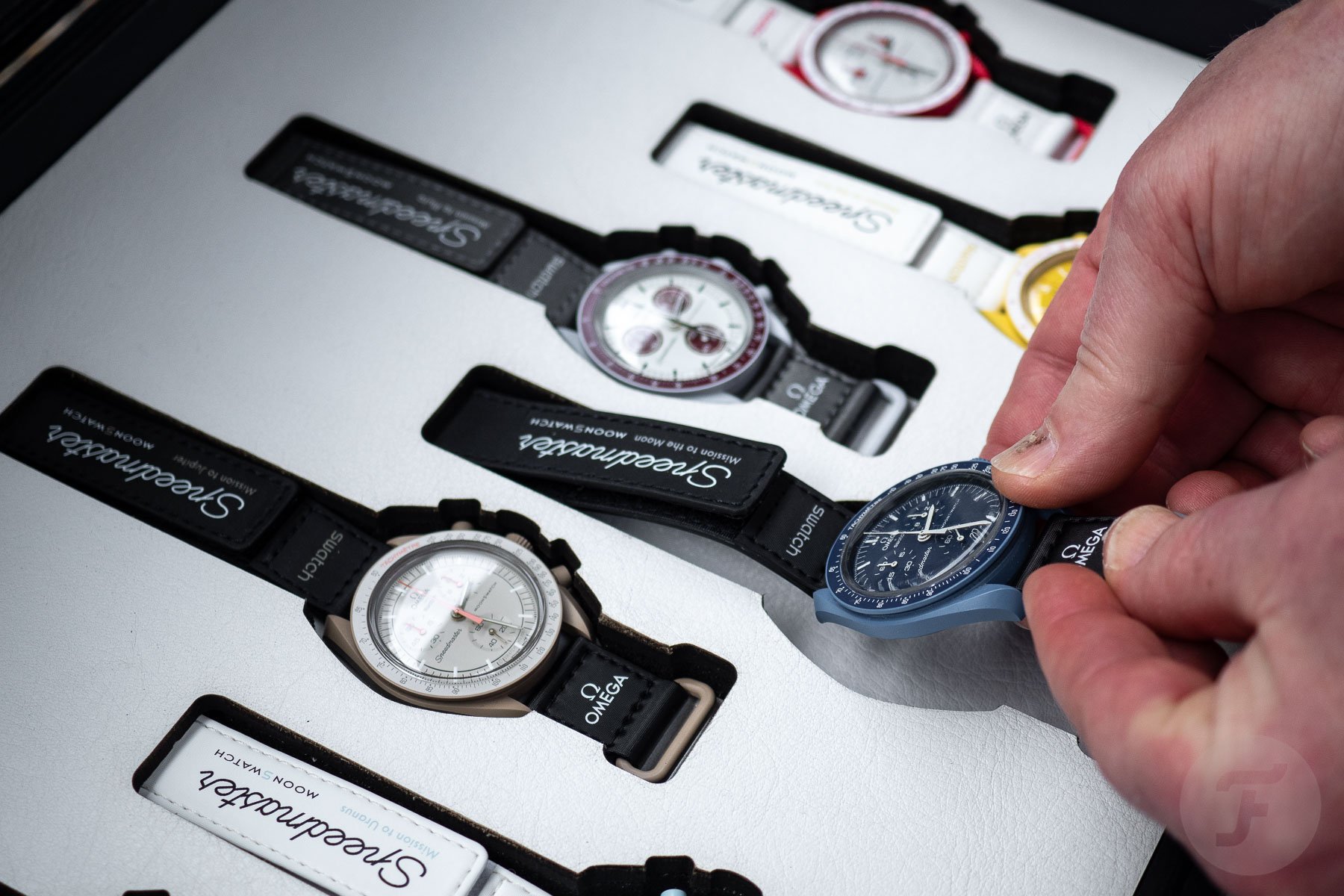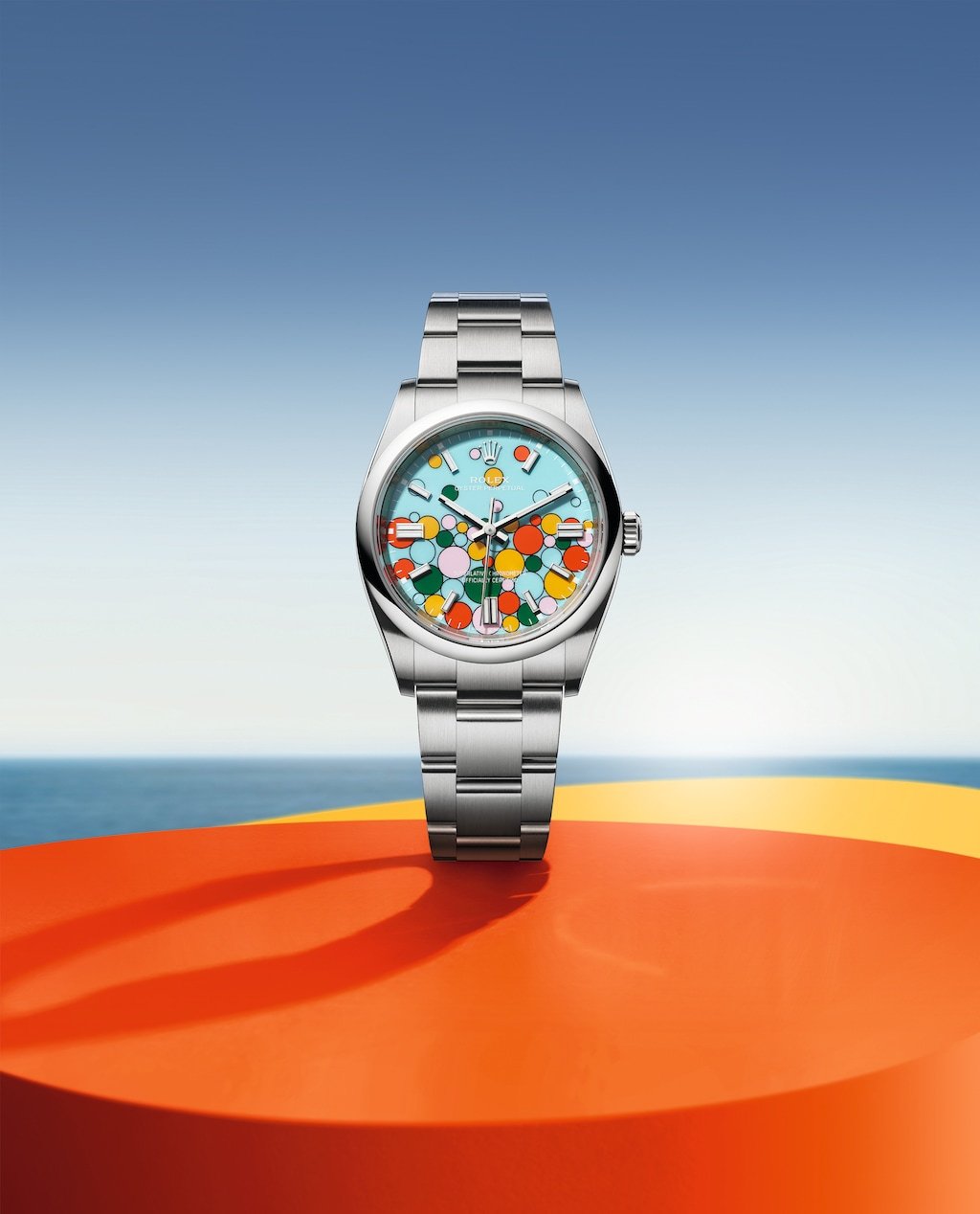Serious Question: Can We — Watch Geeks — Be Force-Fed Collectibility?
Can watch brands force-feed us collectibility? It is a genuine question that emerged during our first editorial meeting after Watches and Wonders 2023. Many of my colleagues noticed how brands announced watches as “for collectors.” That may sound logical, but is it? Who determines whether a watch is collectible? And what does it say about current watch marketing that brands try to determine this for us?
Let me come out and admit immediately that I do not have the answers to those questions. But in this thought piece, I will try to look at it from a few different angles. And I am very curious to see your thoughts on the matter in the comments section.
What makes a watch (a) collectible?
The Merriam-Webster dictionary defines the noun form of “collectible” as “an object collected by fanciers.” If you take this literally, then no, brands cannot force collectibility upon their fans. By definition, it is determined by the fans themselves.
Historically, watches typically gained collectibility through some sort of accomplishment or quirk. The Moonwatch is an obvious example, as are the Dirty Dozen. Watches that were made for some professional use tend to have a talent for collectibility. “Firsts” always work well too, whether it is a technical innovation or the birth of a genre.
I think that for a watch to be (a) collectible, it needs to hit that sweet spot of having a great story and having some degree of variety. Speedmasters are, again, a good example. There are tons of different versions. Even if you stick to vintage 1960s references that were used in space, you could build a fantastic collection.
When marketers aim for collectibility
That same Speedmaster has been criticized in the past for its sheer number of special editions. Aficionados felt the collectibility was no longer in the actual accomplishments of the watch but in the marketing around it. Our own RJ might disagree, but I think Omega did well to dial that back in recent years.
I see this in our comments section whenever we cover a new watch and share the brand’s story behind it. Some of these stories are so far-fetched and thinly stretched that it puts off more aficionados than it attracts. “We have a new version, and it is inspired by how the wind rushes through the grass outside our office.” I think it is safe to assume very few collectors will go, “Awesome, that will really complement my other one that was inspired by the rain on the janitor’s car’s roof.”
I am exaggerating, of course. But in our longing for watches with a story, we incentivize brands to make them up. Mechanical watches have become obsolete from a practical point of view, so it is very rare for them to play a significant role in some historic event anymore. In the same vein, technical innovations follow the rule of diminishing returns. Going from a hardly water-resistant watch to the first dive watch was a huge step, especially in an age when humans were only just exploring the underwater world for the first time. Today, making a 6,000m-water-resistant tour de force feels a bit unnecessary. Thus, collectibility has to come from the marketing department rather than from life just happening.
Collectibility through rarity
Rarity tends to make watches more attractive to collectors too. Once you find yourself in the lofty realm of collecting complicated vintage Patek Philippe watches, you may feel the urge to specialize in even rarer steel versions. Intrinsically less valuable watches can become more collectible just through rarity.
Some watches simply cannot be produced in large numbers. I have a lot more appreciation for this fact now that I am building VPC. I do not intend to create false scarcity, but I simply cannot afford to produce large numbers and keep stock. That is a commercial and financial limit on output. Rarity, however, can, of course, result from unscalable artisanal production methods or scarcity of materials as well.
But what if brands intentionally keep numbers small to create hype? We now have watch collectors who never wear the majority of their collections. Watches are hidden away in safes as investments because of fabricated scarcity. The collectibility here has very little to do with the watches themselves.
The MoonSwatch case
The MoonSwatch illustrates many of these points. I think that is why it has been such a controversial case. At its heart, it is just a fun collection of watches that is, on its own merit, perfectly collectible. Obviously, a series of watches like this is intended to be so from the start.
But once Swatch decided to limit it to boutiques only, it rubbed many of you the wrong way. There was the (im)practical side of most people not having a Swatch store nearby, but it also had an aftertaste of fabricated hype. Suddenly, it no longer felt like a choice to buy one or not but rather a challenge. “See if you can get one.” The latest version with the gold hand and its…well…convoluted backstory did not do much to appease alienated aficionados.
Perhaps the MoonSwatch saga exposes our madness too openly. In our hearts, we all know that this watch-collecting hobby is a bit ridiculous. But if we keep it within certain boundaries, it feels okay. The MoonSwatch then put us front and center on the evening news, cueing, flipping watches, and taking the bait. As a result, at the next birthday party, rather than talking about that unique vintage Nivada we tracked down, we end up trying to justify our passion in a barrage of critical questions about the MoonSwatch and, of course, Rolex. It just gets old, doesn’t it?
Is collectibility being force-fed?
So the question is whether the collectibility of watches is now being force-fed. Do we let brands tell us what’s hot and what’s not? Would we like a baby-blue dial with multi-colored balloons if it were coming from any other mid-segment brand? Or do the marketers of these brands now determine what we all chase?
Or is it just my stubborn Dutch anti-authoritarian nature? “This is for the collectors? We will see about that! I’ll collect whatever I please; thank you very much!” What do you think? And do you feel it has always been like this, or is it changing? Let us know in the comments below.
You can also find and follow me on Instagram: @time_travelers_journal

